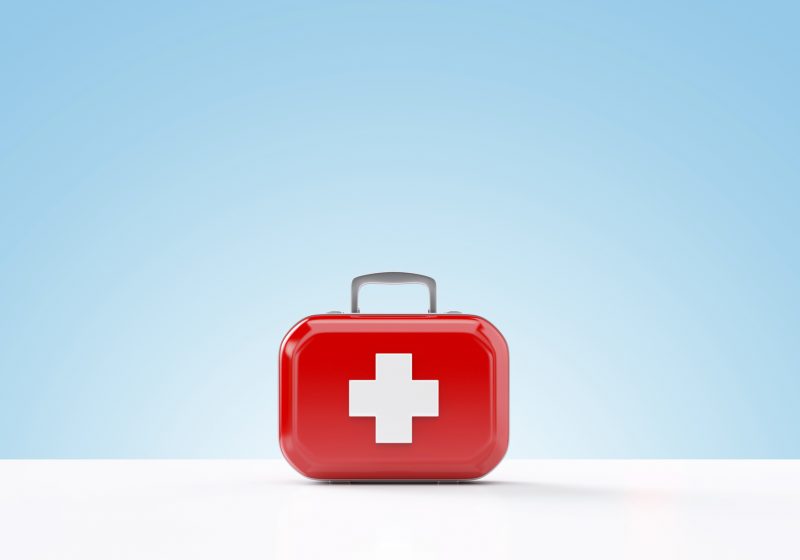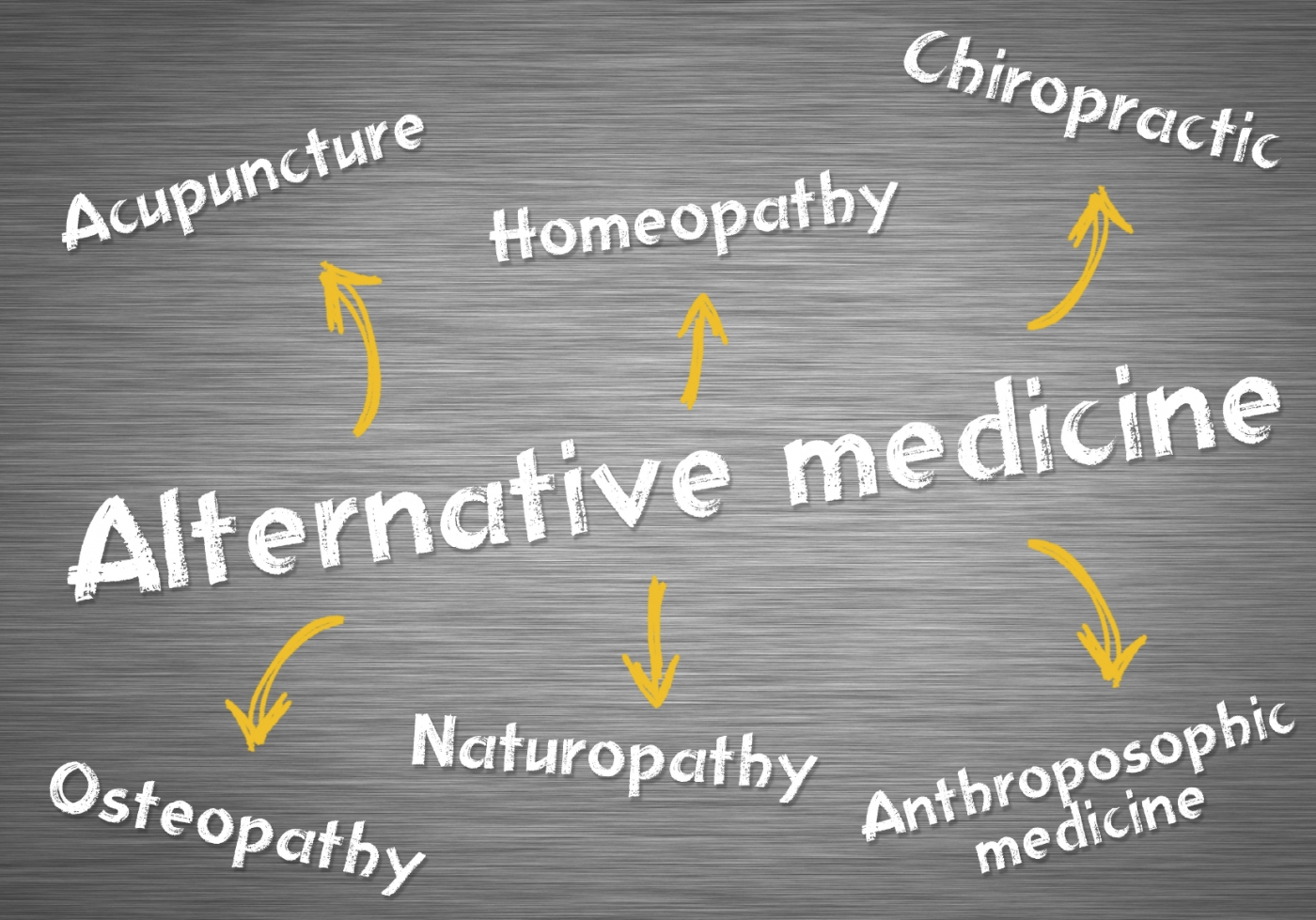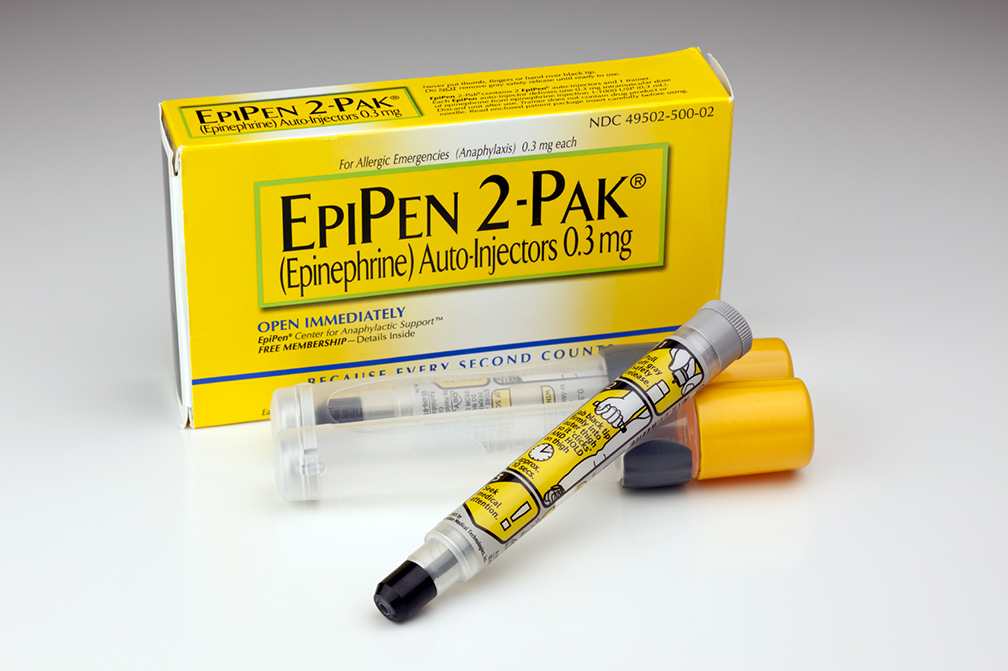Create (and Carry!) Your Personal Allergy First-Aid Kit
By Julie Williamson
Anyone with life-threatening (or potentially life-threatening) allergies should have a personal allergy first-aid kit on hand at all times. I use a low-profile cosmetic bag with a zip-around lid to house my kit, so all the items inside are easy to find and not piled on top of one another. My bag is similar to the one below, although I taped a label on my lid that reads “Julie’s Allergy Kit,” so no one mistakes it for a lunchbox, crayon box or other miscellaneous box of crap.
Here’s what should go inside (some items may or may not be necessary, depending on your unique needs):
- A physician-provided allergy card or a self-made, laminated card that clearly states the carrier has food allergies, and then outlines the allergenic foods, insects, etc. The card should also include instructions to first call 911 in the event of a severe allergic reaction, and then list the name/number for a main point of contact (parent, spouse, etc.) to be called in the event of a severe allergy incident.
- Epinephrine injector (the instructions on auto injection systems, such as EpiPen or Adrenaclick, are in very small type, so consider retyping the general instructions in a larger font and attaching those instructions to the injector case). Ensure the epinephrine has not expired!
- Liquid Benadryl (ensure that its expiration date has not expired!); liquid forms are more readily absorbed and, therefore, go to work on allergic reactions more quickly that pill form.
- 1 or 2 foil packs of Benadryl pills (these are always great to keep on hand, just in case the Benadryl liquid spills or goes bad). For faster relief that more closely rivals the liquid, chew the tablets instead of swallowing them whole (water is not required). Note: Keep in mind that Benadryl contains diphenhydramine, an antihistamine that causes sedation and drowsiness. Don’t drive with diphenhydramine in your system.
- Zyrtec liquid gel capsules or another cetirizine or loratadine (e.g., Claritin) antihistamine (this type of antihistamine doesn’t make you drowsy like Benadryl). I prefer liquid gel capsules instead of regular tablets because they are faster acting.
- Inhaler (I don’t require an inhaler, but I’m including it in this list because many allergy sufferers have asthma symptoms)
- Migraine medication (I include this because my food allergies often go straight to my head – in the way of a miserable, knock me to my knees migraine). If I have Imitrex on hand, I’ll include that in my bag, but I always carry a small bottle of Excedrin Migraine as a backup.
- Lavender essential oil. When applied topically, it calms itchy skin. Do not use if there is a lavender allergy! If you don’t like the smell of essential oils, you can use cortisone cream instead.
- Peppermint essential oil. When applied topically (a couple drops mixed with carrier oil), it can quickly calm an upset stomach and help reduce headache pain. Do not use in the presence of peppermint allergy! If you don’t like peppermint oil – or can’t use it for any reason – you can replace it with Imodium. * I always try to avoid over-the-counter and prescription medications, whenever possible, which is why I prefer the essential oils, but that’s a personal preference.
- Pack of travel tissues









I’ve had enough of big pharma’s price gouging. I’ll be looking into other options as well.